In the annals of aviation history, the term "Golden Age of Air Travel" often harkens back to the mid-20th century when the thrill of flying was an experience unparalleled in its glamour and novelty. This era, sandwiched between the Second World War and the dawn of mass-market travel in the late 1970s, was when flying was more than just a means of transportation. It was an event to be savored, enjoyed, and even celebrated. But as we delve deeper into the heart of this Golden Age, we find ourselves asking: is the nostalgia surrounding it real or imagined? Are the flights and airlines of today less exciting or fulfilling than they once were?
Let's take a walk down the memory runway and revisit the golden era of flights and airlines.
The Golden Age of air travel, primarily spanning the 1950s and 1960s, was characterized by several unique elements that set it apart from modern aviation. The experience was swathed in glamour and sophistication, with passengers often dressing in their finest attire. Stewardesses donned stylish uniforms, pilots were revered figures, and the meals served were restaurant-grade, often complete with multiple courses and complimentary cocktails.
Space was another key element. Flights during this era weren't as cramped as today. Airlines offered copious legroom, wide seats, and spacious aisles. Moreover, flights weren't as crowded, contributing to a far more comfortable experience.
However, it is vital to remember that air travel during the Golden Age was a privilege of the elite. The high ticket prices meant that only a small fraction of the population could afford it. This exclusivity was part of the allure and a significant reason why flying was seen as such a special event.
Fast forward to the present day, and the experience of air travel has undoubtedly changed. Airlines now serve millions of passengers annually, and flights have become a standard mode of transportation. This democratization of air travel has made flying accessible to the masses, but it has also stripped away some of the glamour and exclusivity associated with it.
Overcrowded flights, limited legroom, and additional fees for services that were once complimentary are now part and parcel of the flying experience. However, it's not all gloom and doom. Modern airlines have their unique advantages that overshadow the nostalgic appeal of the Golden Age.
Safety is one such aspect. Today, flying is safer than it has ever been, thanks to advancements in aircraft technology, navigation systems, and strict regulations governing flights and airlines. The modern aviation industry has learned from past mistakes and made flying one of the safest ways to travel.
Moreover, in the age of the internet, we now have greater control over our travel experience. We can compare airlines, find the best deals, check-in online, choose our seats, and even order special meals. The modern age of travel provides convenience and flexibility unheard of in the Golden Age.
The quality of in-flight entertainment has also made significant leaps forward. From a small selection of movies and music, we now have personal entertainment systems boasting a vast array of films, TV shows, music, and even games.
In the end, whether the Golden Age of air travel was a reality or nostalgia might depend on personal preference. Yes, there were elements of charm, sophistication, and exclusivity that are less apparent in modern air travel. However, when we weigh these against advancements in safety, accessibility, convenience, and entertainment, it becomes clear that the so-called "Golden Age" had its own set of challenges.
While we may look back fondly at the past, the reality is that flights and airlines have evolved for a reason. We've traded some glamour for accessibility, some exclusivity for convenience, and some nostalgia for reality. We're living in a different kind of Golden Age – one where air travel is safer, more accessible, and more flexible than ever before.
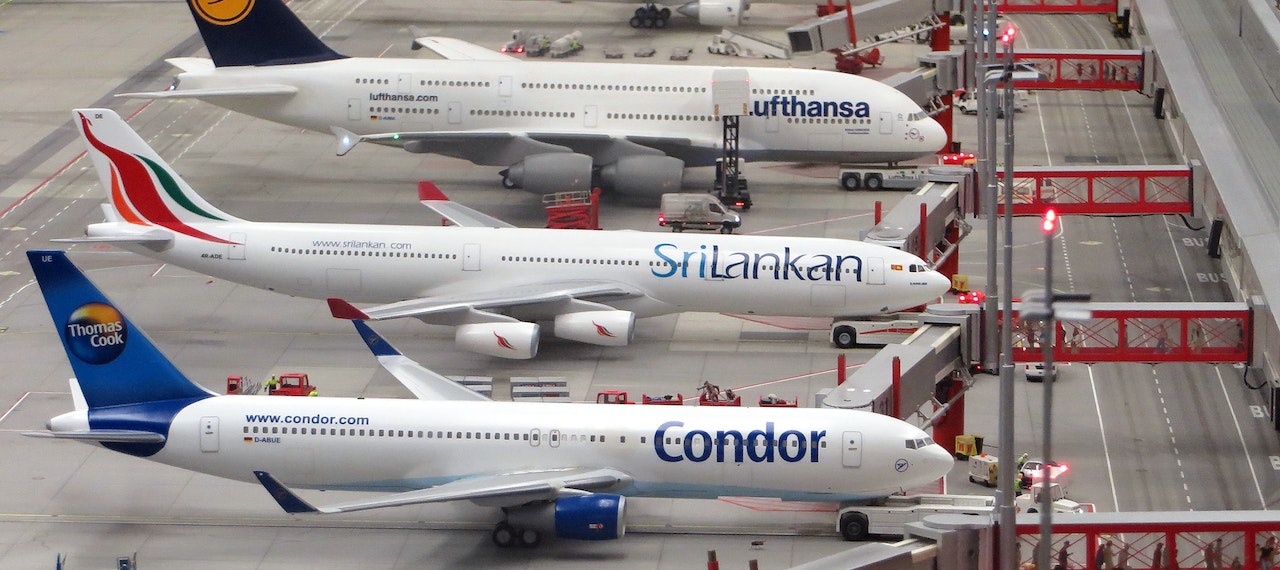
.png)
.jpg)
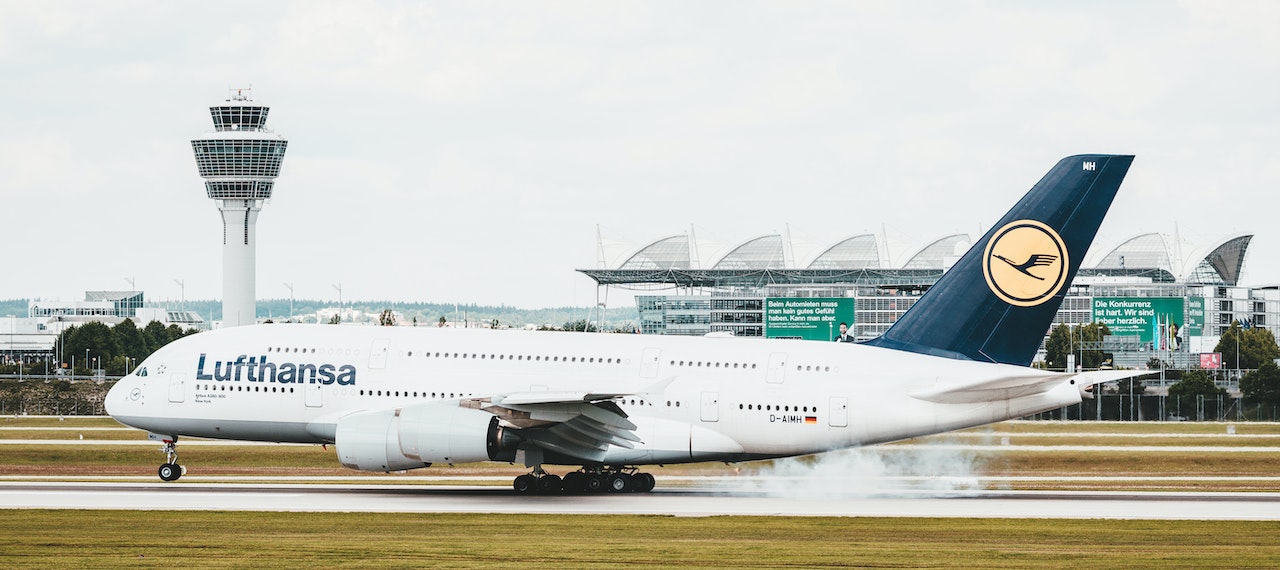
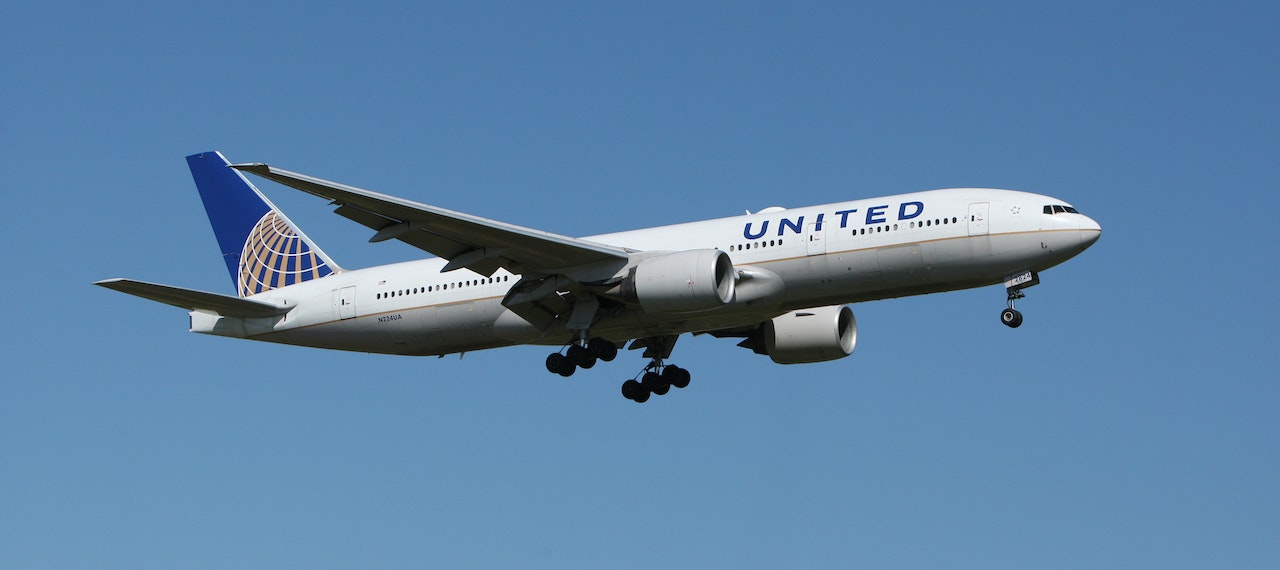
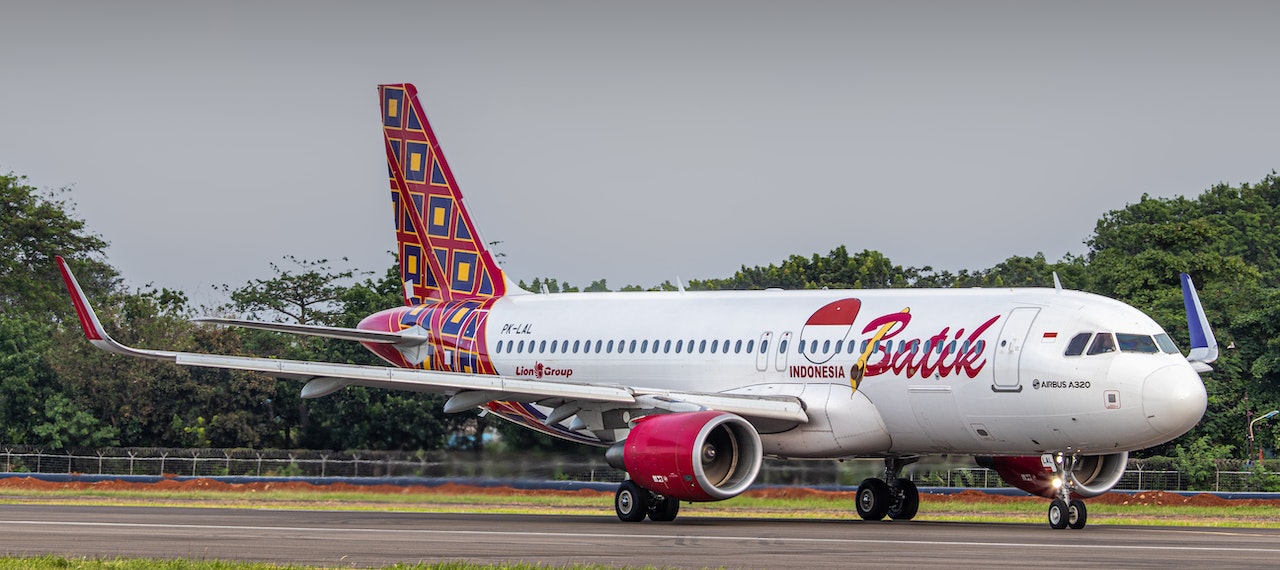
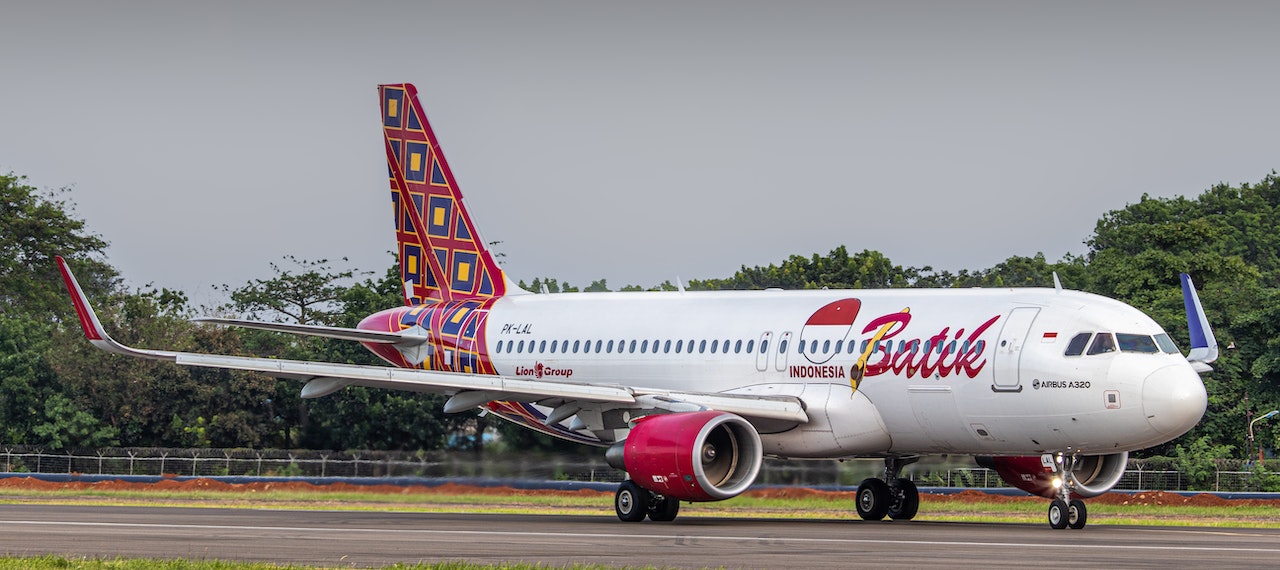
.jpg)
